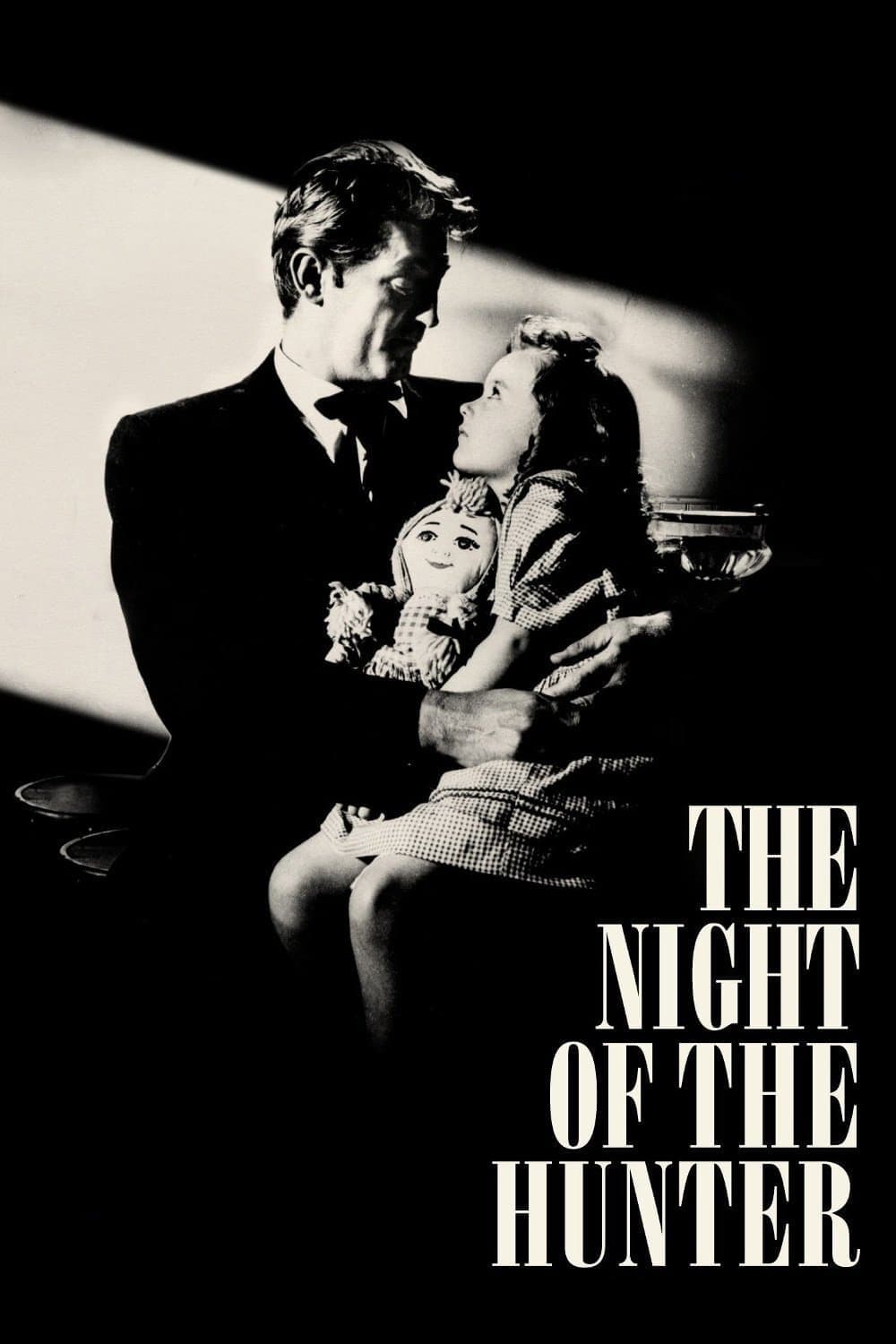
The Night of the Hunter
1955
Rate this movie
Average: 5.00 / 5
(2 votes)
Director
We are faced with a film that is strange in many respects: Laughton's first and only directorial effort (it is said he was assisted by Robert Mitchum), a grotesque and deliberately disorienting plot, a box office failure that, over time, transformed into a true cult film for legions of cinephiles. But to call The Night of the Hunter simply "strange" is almost an understatement; it is a work of visual and narrative art that defies all categorization, an audacious hybrid of noir, Gothic fable, and social drama, imbued with an unsettling beauty. Charles Laughton, a titan of stage and screen, poured into this, his only foray behind the camera, an authorial vision of rare depth, drawing from his vast theatrical experience and a profound admiration for silent cinema, particularly for D.W. Griffith's ability to narrate through evocative images. His frustration at the initial lukewarm reception from audiences and critics, who perhaps were not ready for a work so ahead of its time, is one of the hidden tragedies in film history, depriving us of other potential masterpieces by this multifaceted genius.
The story is that of Protestant preacher Harry Powell, a sinister and brutish figure who moves from widow to widow, first manipulating then mercilessly killing. But the true soul of Powell is embodied by a simply iconic Robert Mitchum, whose performance is one of the most terrifying and charismatic in film history. With his infamous knuckles tattooed with the words "LOVE" and "HATE," Powell is not just a serial killer, but a wolf in sheep's clothing, a wandering preacher who manipulates faith for his most abject purposes. His figure is a distillation of primordial evil, a living allegory of religious hypocrisy lurking in the heart of rural America, masking violence and greed beneath the veil of sanctity. His rendition of "Leaning on the Everlasting Arms" is an unsettling melody that resonates far beyond the closing credits, a perverse anthem that cements his image as an unforgettable villain.
However, his last victim, Willa Harper, portrayed by a fragile and unforgettable Shelley Winters, brings him into conflict with her two children, John and Pearl, who hold a deadly secret. The children manage to escape from him and find refuge with an adorable old woman, Rachel Cooper. Their escape down the river, a sequence of rare, dreamlike beauty, takes on the contours of a biblical odyssey or a rite of passage, with nature becoming as much a threat as a sanctuary. Laughton imbues these scenes with a visual power that echoes American painting, with wide shots framing the children as tiny silhouettes against vast and menacing horizons, highlighting their vulnerability and, at the same time, their indomitable resilience.
A timeless film, with a fairytale-like progression (Hansel and Gretel, Bluebeard, Little Red Riding Hood...), but a fairytale for adults, immersed in an atmosphere reminiscent of American Gothic, with its shades of rural terror and distorted morality, a genre that finds parallels in the literary works of Flannery O'Connor or William Faulkner. Stanley Cortez's visionary cinematography, with its dramatic use of chiaroscuro, evokes German Expressionist cinema – one thinks of the elongated and distorted shadows of Nosferatu or the stylized sets of The Cabinet of Dr. Caligari – transforming the Mid-West into a psychoanalytic nightmare. And with a clear and incontrovertible underlying indictment of the hypocrisies of all religions: the film does not condemn faith itself, but its perversion. Countering Powell's darkness, the light of Rachel Cooper emerges, portrayed by the legendary Lillian Gish, an unwavering and loving matriarch whose faith is authentic and pure, a beacon of hope and resilience in a corrupted world. The scene of their silent confrontation on the porch, with the two singing spirituals, is an epic duel between good and evil, between genuine faith and its aberrant counterfeit.
A true treasure hidden at the bottom of a muddy river (like poor Shelley Winters, in the celebrated scene where she was found, with her floating hair merging with the algae, an image of death of poignant and macabre beauty that defies time). Every shot is a pictorial composition, every shadow a prelude to horror or the sublime, every line of dialogue is sculpted with surgical precision. Laughton's audacity in blending genres, themes, and visual styles made this film a trailblazing work, inspiring generations of directors, from David Lynch for his surreal and menacing atmospheres, to Martin Scorsese for the psychological depth of his antiheroes, to Terrence Malick for his poetic sensibility towards nature and the human condition.
A sublime, visionary, poetic work: to be loved like a dear one, to be rediscovered incessantly, because with every viewing it offers new perspectives on a rural America that is as much a setting as it is a metaphor for an eternal struggle between the forces of darkness and the indomitable light of innocence and true compassion. A timeless icon that continues to run on the river of the collective imagination, elusive and magnificent.
Country
Gallery
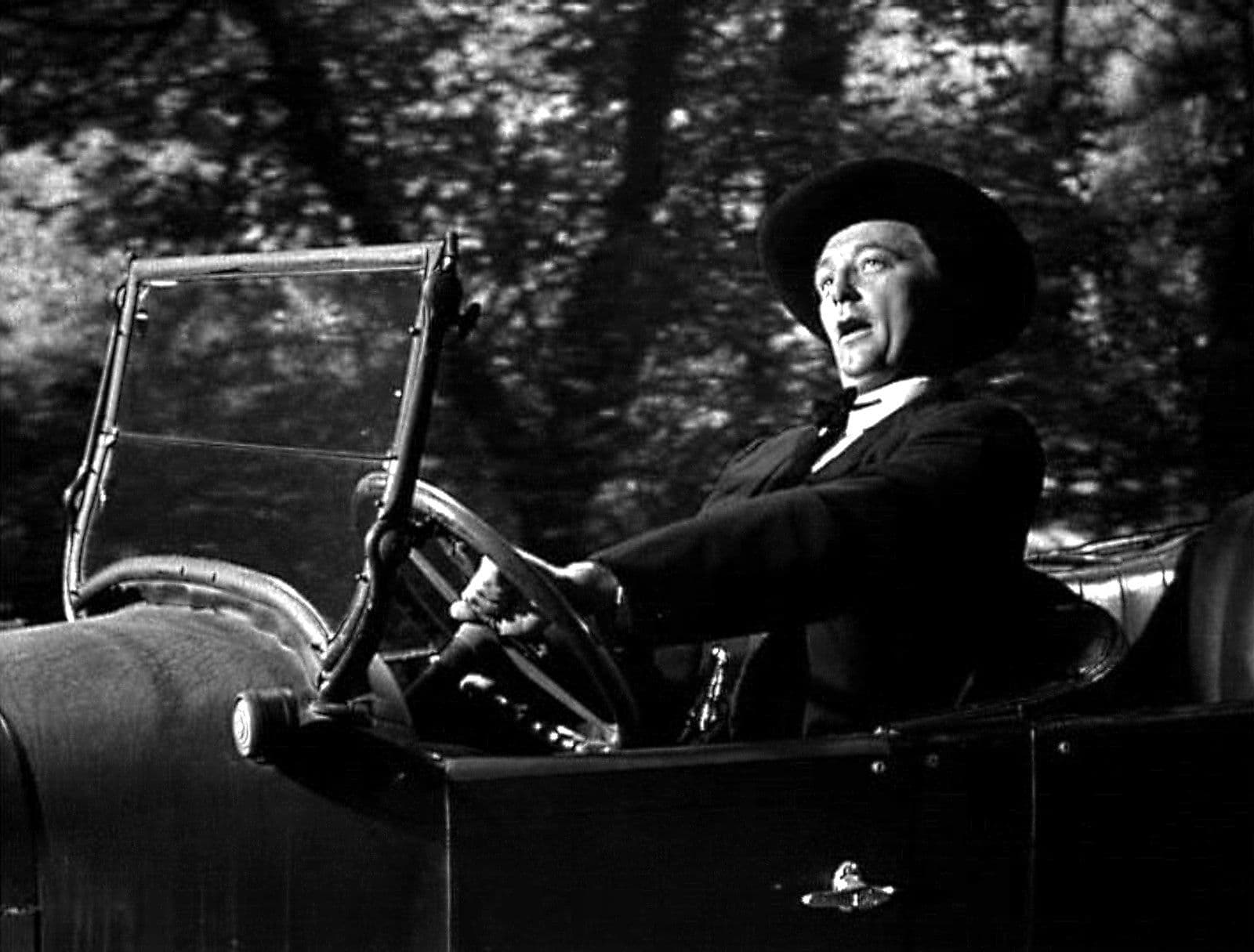


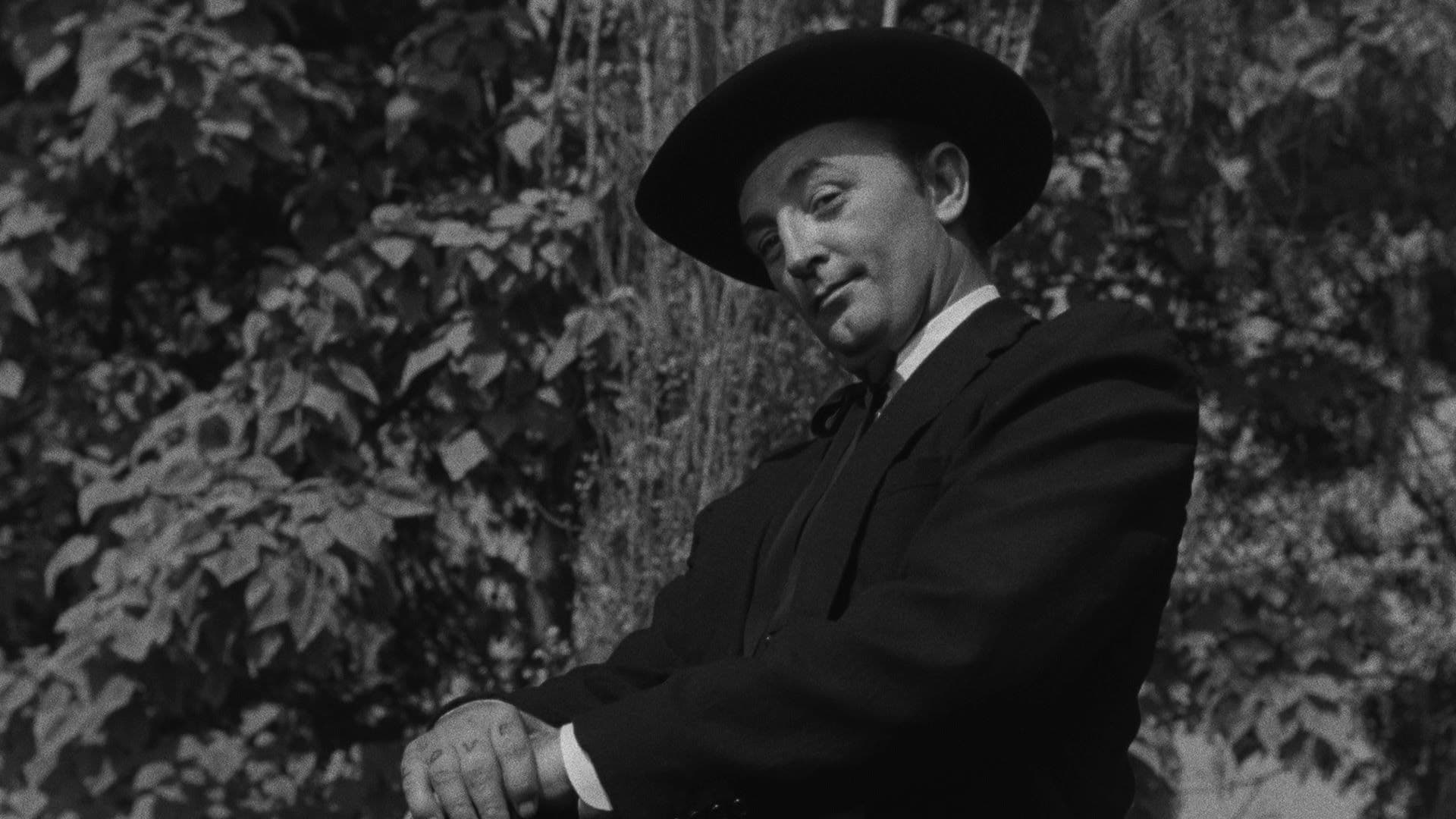
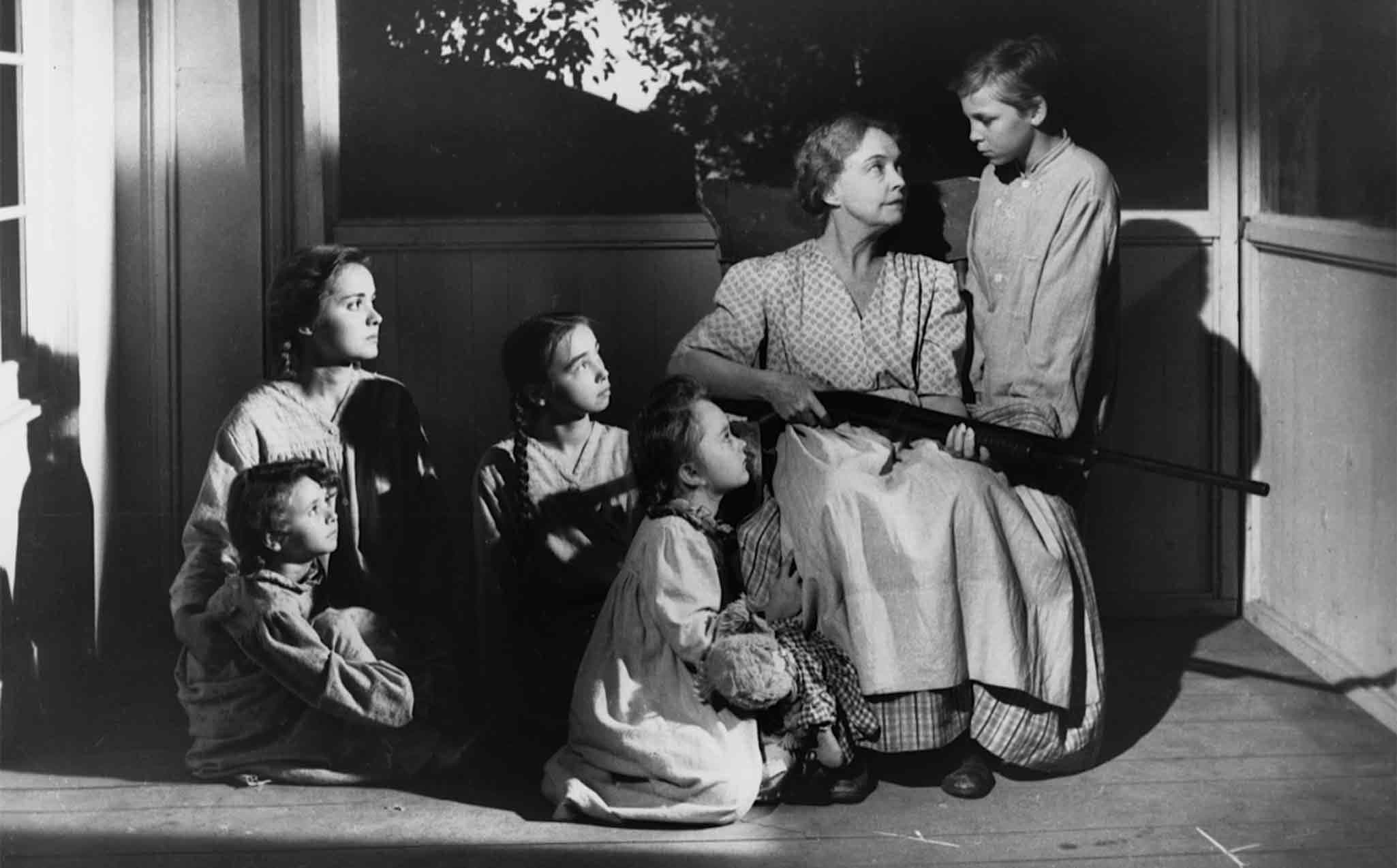
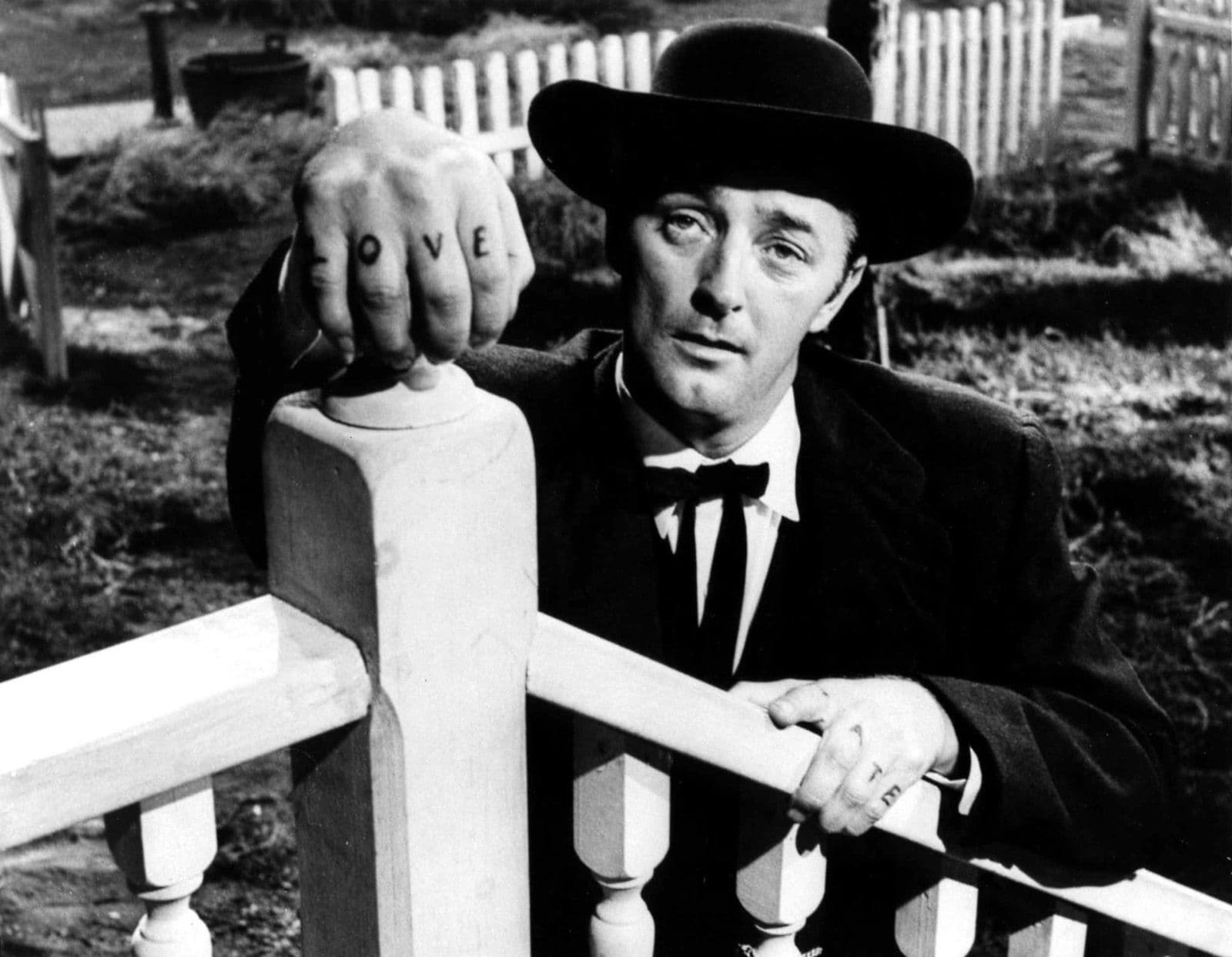
Comments
Loading comments...